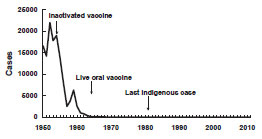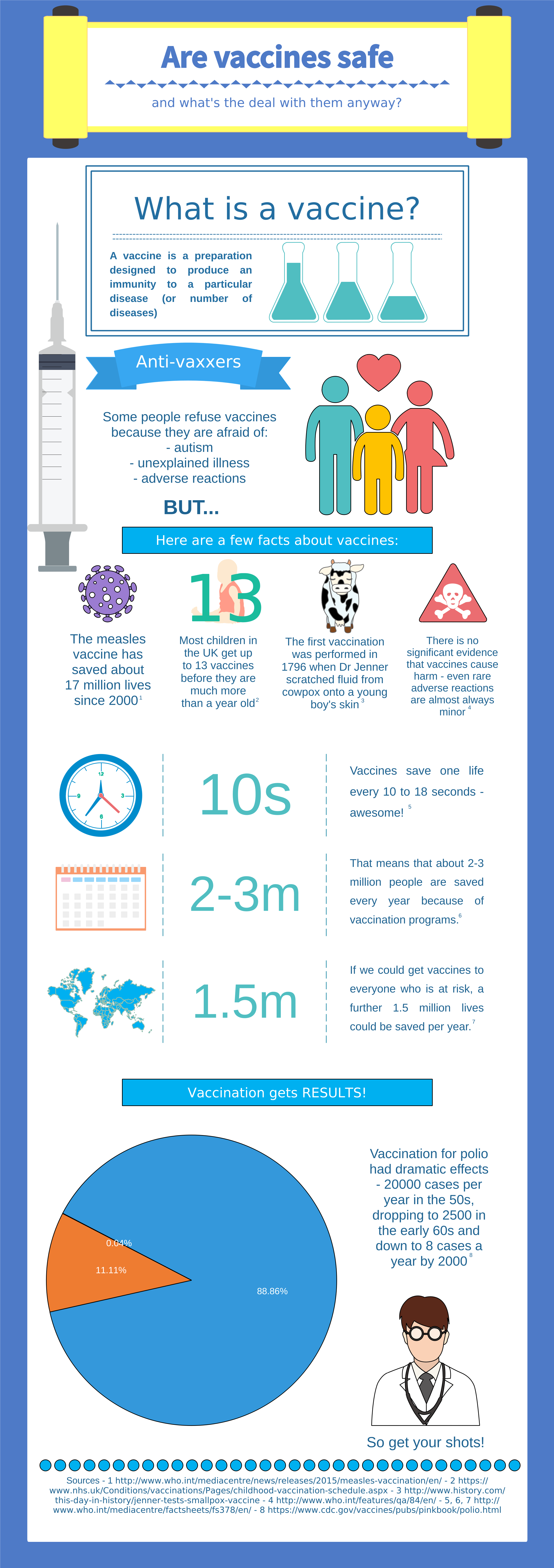Hi, I’m Joe – a new dad and owner of KitsToys.co.uk.
I’m a new dad, and as a new dad, I’ve had quite a lot to learn quite quickly – I never really got involved with babies until now. One thing that struck me is that no matter what it is you’re doing if there’s a baby involved then there is someone out there to tell you that you’re doing it wrong!
An obvious example is vaccination. Most people are either unthinkingly neutral or genuinely are in support of immunisation. And In the UK, the NHS (National Health Service) has a vaccination schedule for newborns which includes about 13 vaccinations before the kid is much more than a year old.
The thing is, there is a pretty vocal contingent that insists that vaccines lead to all sorts of nasty complications – not just side effects and acute reactions, but life-altering conditions such as autism.
With so much conflicting information out there, what should one do?
I turned, as one does, to Google. Obviously, not the best source of medical information, but I did so anyway. If you try “are vaccines effective” then you end up with a pretty even split between for and against – the big, obvious thing is that the downside seems pretty huge compared to the benefits. I mean, who gets polio these days anyway?
It’s an easy trap to fall into – an action which elicits a negative consequence seems much more unpleasant than a negative result that comes about by itself. So, “vaccines lead to autism” is scarier than “not vaccinating leads to the spread of disease”.
So, I dug a little deeper. There are some familiar tropes used by critics of vaccination which are easy to see through – I’ve gone into a bit more detail in a series of posts on my web page.
But it turns out that there is if you can cut through it once you’re familiar with the details. For instance, a favourite trick of vaccine critics is to present an incomplete picture of the data or to misrepresent the data in some way. A good example is the use of graphs to show the precipitous decline in diseases before the introduction of the appropriate vaccine.
Often, these graphs demonstrate a decrease in the death rate associated with a disease, polio for instance. But it needs to be borne in mind that a vaccine isn’t a cure as such, nor a treatment for a condition – it works by preventing the disease from occurring in the first place.
Polio, for instance, can be treated quite successfully now using interventions such as negative pressure ventilation (commonly known as an iron lung) to aid the sufferer to breathe. Whereas before this would have lead to death, now it is possible to live through such an illness.
This sort of advance in medicine means that a chart showing death rate associated with a disease may well indicate a declining death rate, even if a vaccine isn’t available – but this is because death is prevented, not because the disease is less prevalent.
In contrast, if you look at a graph which charts incidence of the disease over time, you’ll see a strong correlation between the number of cases reported and the introduction of the vaccine.
(clipped from https://www.cdc.gov/vaccines/pubs/pinkbook/polio.html)
Just to give a picture of how effective vaccination is, I’ve drawn up this graphic with a few stats. It’s incredible to think that the incidence of a disease has been cut by 99.96% by the introduction of this medicine.
Hopefully, common sense like this will prevail eventually.

